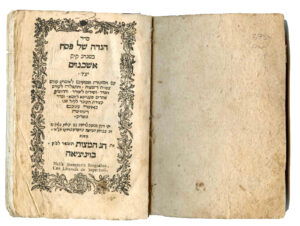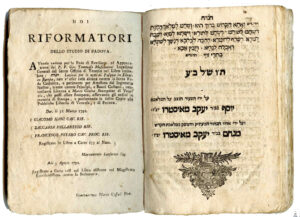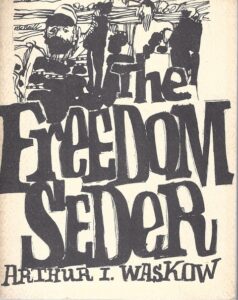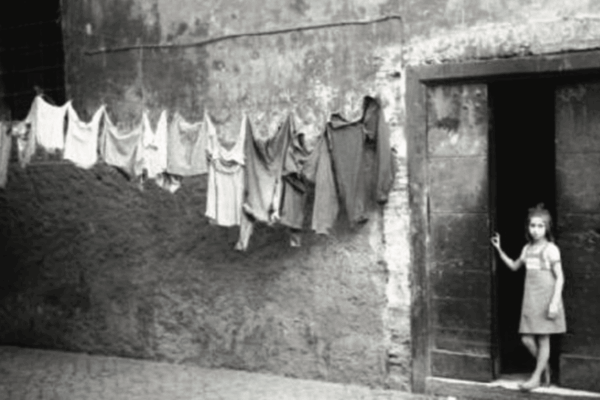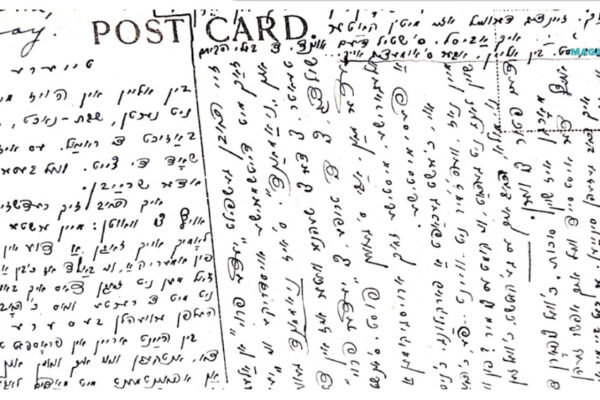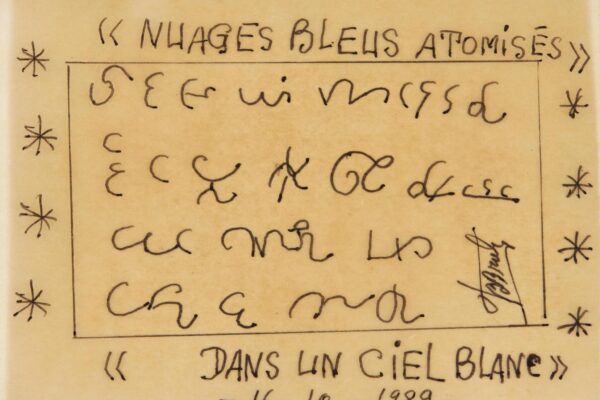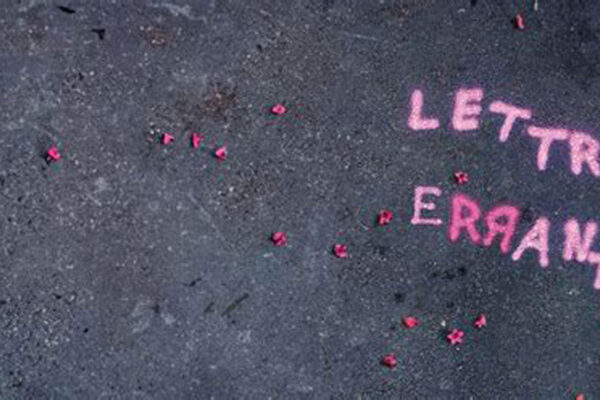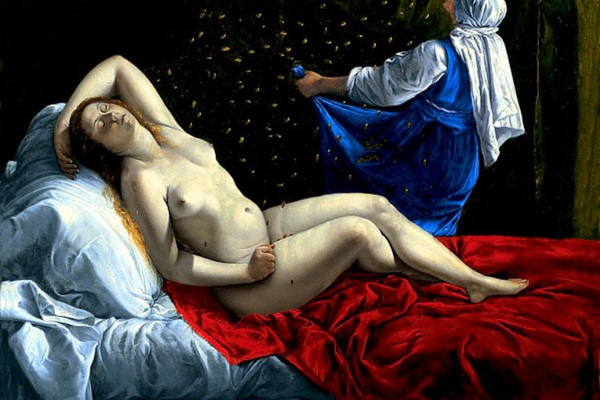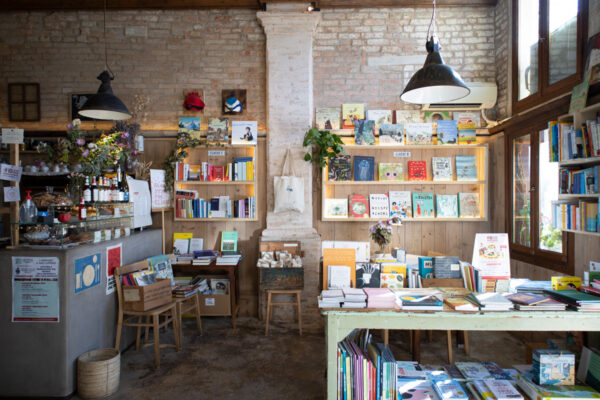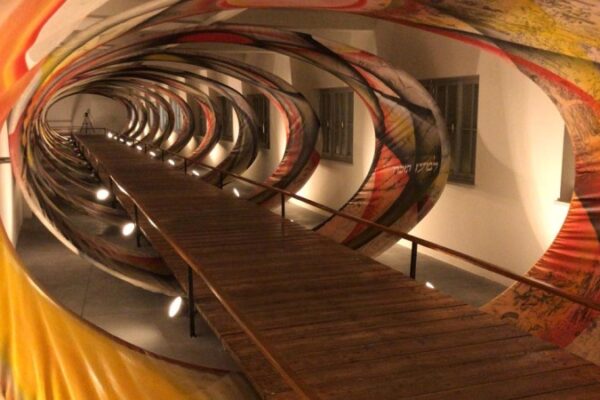This Holiday season at Bookhouse, we are delighted to feature a rich selection of haggadot from different times and geographical provenances selected by Dan Wyman, our partner and leading international dealer in rare, out-of-print, unusual, and important Jewish books, periodicals, and ephemera.
The centrality of the printed haggadah from the beginning of Hebrew printing to modern times is the topic of Yosef Haym Yerushalmi’s landmark volume Haggadah and History, one of many treasures available on our shelves.
For centuries, haggadot have been illuminated, illustrated, commented, re-elaborated, and used as a blueprint of contemporary ideas, attesting to the timeless fascination for a text that is, at once, “story-telling” and a guide to a powerful theatrical ritual. Described as a pedagogy of freedom, the haggadah invites us to follow a strict order to navigate uncertainty, contradictions, and puzzling insights into human nature and ourselves.
Century after century, understanding and locating that “ourselves” continues to elude the order and propel the ritual. The repetition of the words כָּל (all) and כֻּלָנוּ (all of us) drives the riddle: “all who are hungry, let them come and eat; all who are in need, let them come and conduct the seder of pesach” and, “even if all of us were wise, all of us understanding, all of us knowledgeable in the Torah, we would still be obligated to discuss the exodus from Egypt.
But how do we understand the wise, the perplexed, and the ingenuous, the compassionate and the vengeful, the night and the day? What shall we make, every returning season, of this particular exodus, that is not the king of Ur’s nor that of Odysseus, Orpheus, Buddha, or Paul of Tarsus?
As each year presents us with specific challenges and food for thought, we wish all our readers to experience a new journey whether through the retelling of the haggadah or of other stories they hold dear.
Please visit Bookhouse and browse Dan Wyman’s new display of dozens of art books and Haggadot. Choose one to bring home and embark on this year’s seder, give it as a gift, or discuss it with your friends and family.
Our picks of the month include a precious small volume from the Bragadina press, published in Venice in 1792, and the Freedom Seder Haggadah printed in the US in 1969.
סדר הגדה של פסח כמנהג ק”ק אשכנזים : עם כוונות ופסוקים לאומרם קודם עשיית המצות.
SEDER HAGADAH SHEL PESAH KE-MINHAG K.K. ASHKENAZIM: ʻIM KAṾANOT U-PESUKIM LE-ʼUMRAM KODEM ʻAŚIYYAT HA-MITSVOT. [HAGGADAH SHEL PESAH]
The title translates as, “Passover Haggadah according to the custom of the Ashkenazi Jews: with directions and verses to be recited before making matzot.
Printed in Venice, Nella Stamparia Bragadina, 1792.
A very nice and rare copy, with period marbled boards, Small 8vo, 40 leaves [80 pages], 18cm. Yudlov 356; Yaari 240. In Hebrew, with a two-page statement in Italian, dated 1792, from the Inquisitionists of Padua stating that within the book, “There is not a thing against the holy Catholic faith…nothing was found against morals and good behavior.”
This Haggadah was published in three editions: Italian, Sephardic, and, here Ashkenazi. Includes printer’s device as well as two small woodcuts of Matzah and maror.
OCLC: 1197813564. OCLC lists 5 copies worldwide (JTSA, Penn, NLI, TAU, British Library).
The Stamperia Bragadina, a Venice family-owned print shop, was originally founded by Alvise Bragadin in the 16th Century. A Christian, he eventually began printing Hebrew books in 1550 with his publication of Maimonides’ Mishneh Torah. The Bragadin family business held a monopoly on the printing of Hebrew texts for many years in Venice, and the books they published traveled across Europe, North Africa, and the Middle East. The monopoly ended when a new printing house, Stamperia Vendramina, was established in 1630 by Giovanni Vendramin.
Arthur I.Waskow
THE FREEDOM SEDER: A NEW HAGGADAH FOR PASSOVER
Washington; Micah Press, 1969.
It features eight distinctive illustrations by Lloyd Mcneill, an influential Black jazz musician and artist.
This text originally appeared in Ramparts Magazine in February 1969. An attractively designed, civil rights era Freedom Seder; this edition has influenced countless similar pieces and interfaith Passover celebrations from college campuses to the contemporary White House. The Micah Press published this first edition; with errata of whole pages of text pasted and taped on pages 20 and 29. Arthur Waskow, founding member of the Institute for Policy Studies, was active in progressive Washington D. C. politics throughout the 1960’s.
“In 1969, Waskow’s life took a new turn, toward leadership in the renewal of Jewish life in America. This work first began when Waskow wrote The Freedom Seder, a Passover Haggadah that wove together the traditional text with passages from leaders of social justice movements, such as Martin Luther King.”
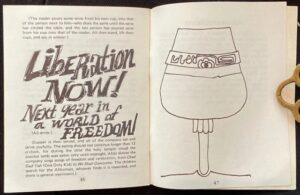 From the preface: “One of my earliest and warmest memories is that of my father reciting the Dayenu, the chant of rebellion, liberation, travail, and the creation of a new law that is the story of Passover. One of my latest and warmest memories is that of working with my wife and children to make our own Passover Seder, something that would speak to our deep concerns about ourselves and our world. Our efforts became sharper and more urgent in 1968, when the Passover came one bare week after the murder of Martin Luther King, the April uprising of black Washington against the blank-eyed pyramid-builders of our own time, and the military occupation of our city. Who in those days could forget that the prophet King had remembered Moses? — had spoken of how he had been to the mountaintop, had seen the promised land, but might never enter. …
From the preface: “One of my earliest and warmest memories is that of my father reciting the Dayenu, the chant of rebellion, liberation, travail, and the creation of a new law that is the story of Passover. One of my latest and warmest memories is that of working with my wife and children to make our own Passover Seder, something that would speak to our deep concerns about ourselves and our world. Our efforts became sharper and more urgent in 1968, when the Passover came one bare week after the murder of Martin Luther King, the April uprising of black Washington against the blank-eyed pyramid-builders of our own time, and the military occupation of our city. Who in those days could forget that the prophet King had remembered Moses? — had spoken of how he had been to the mountaintop, had seen the promised land, but might never enter. …
And then we realized that in 1969, the third night of Passover, April 4, would be the first anniversary of King’s death. Facing those dates, we found our deepest feelings best expressed in a fusion of the traditional Seder with a new song of freedom—both the freedom of men in relation to each other and the freedom of men in relation to God…”
Image: Alessandro Cassin, Sunrise on the Red Sea, 2022



